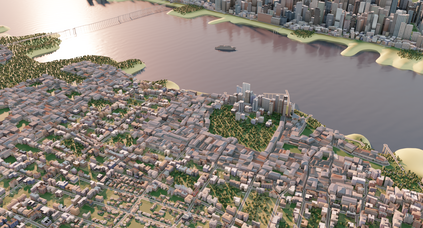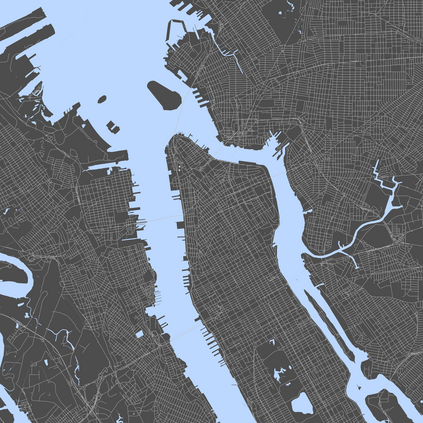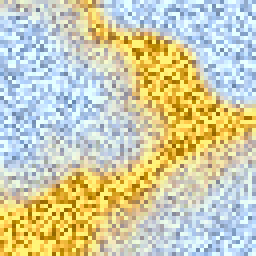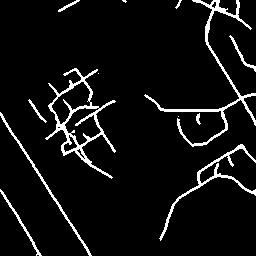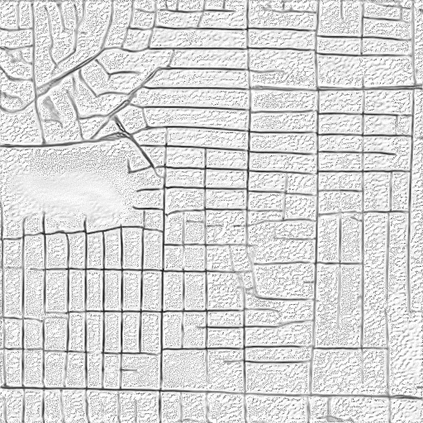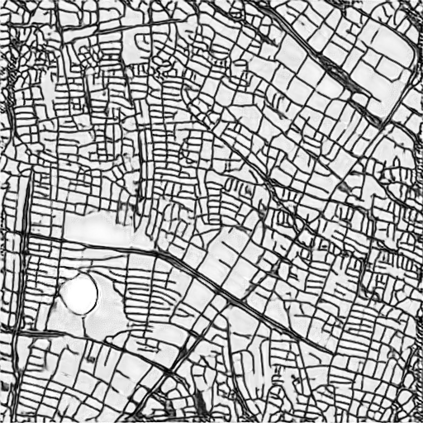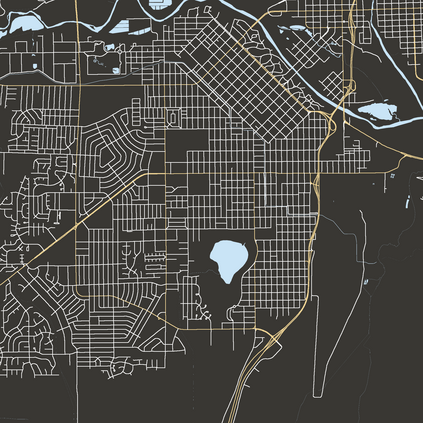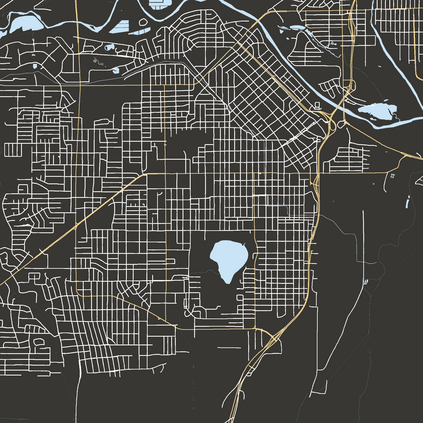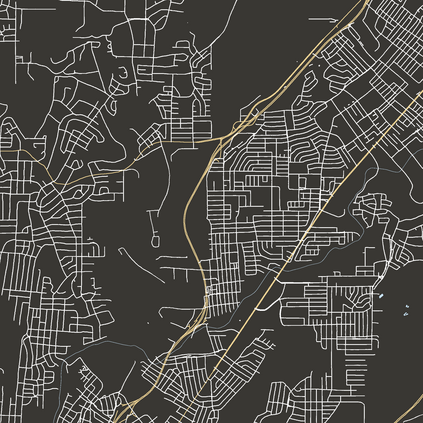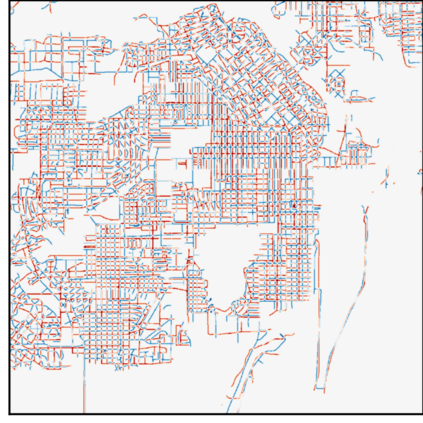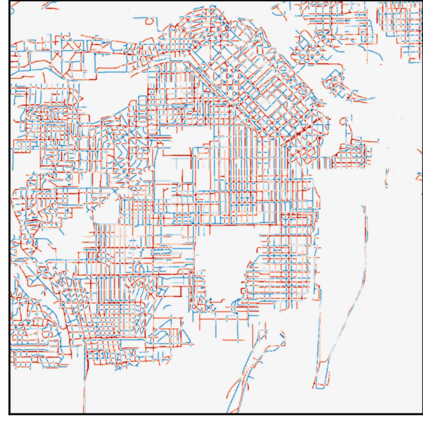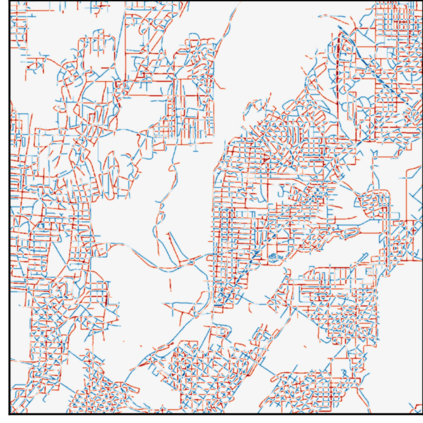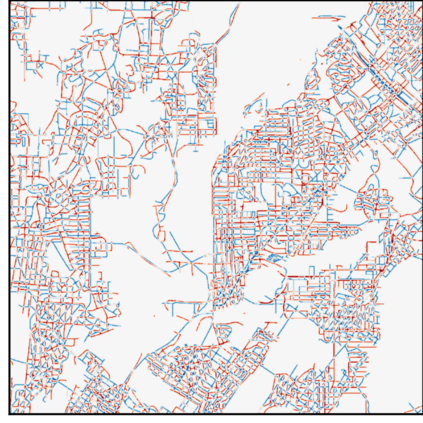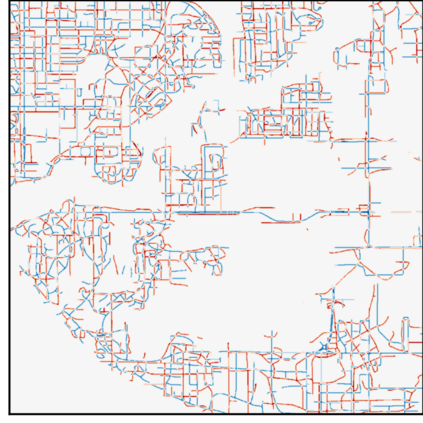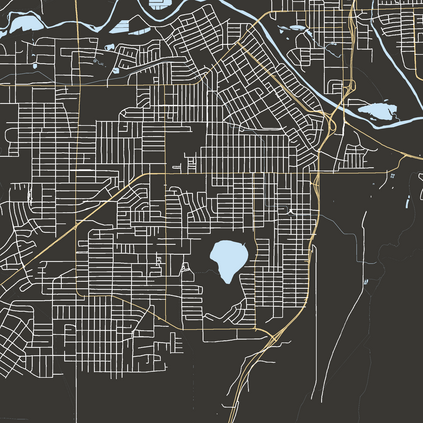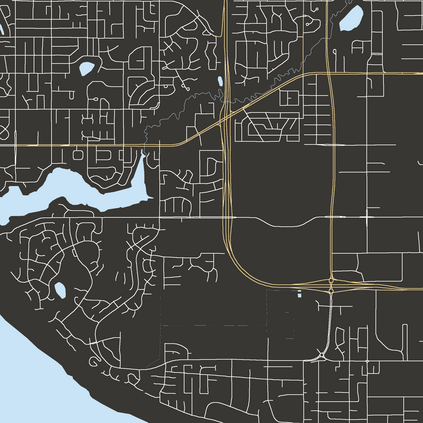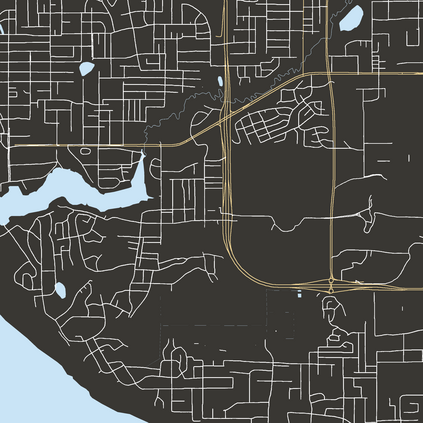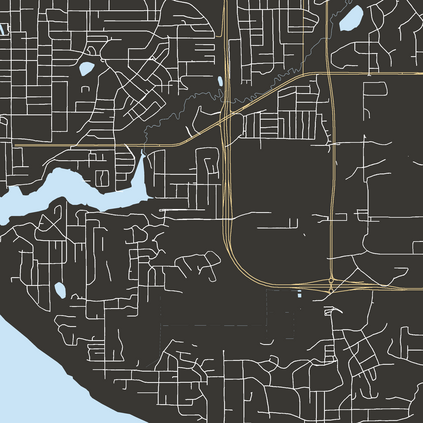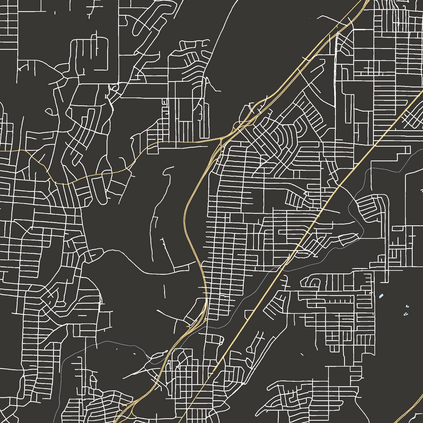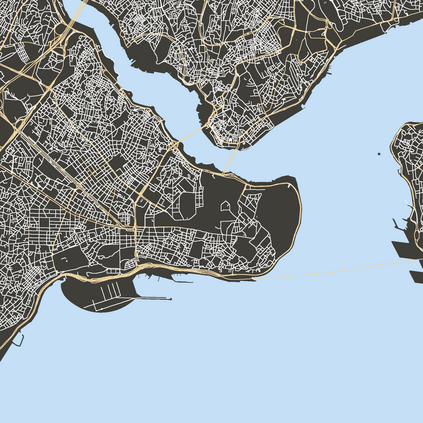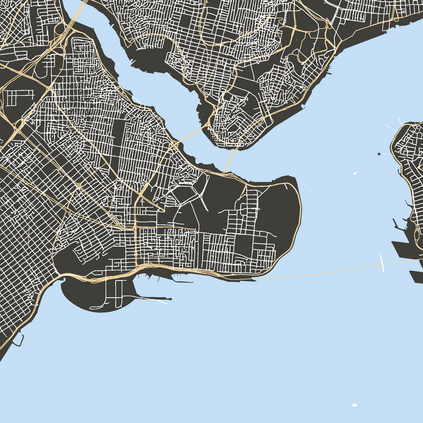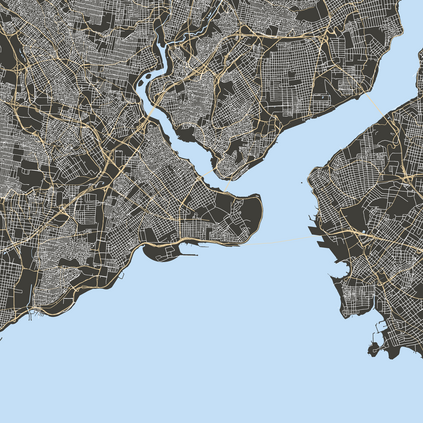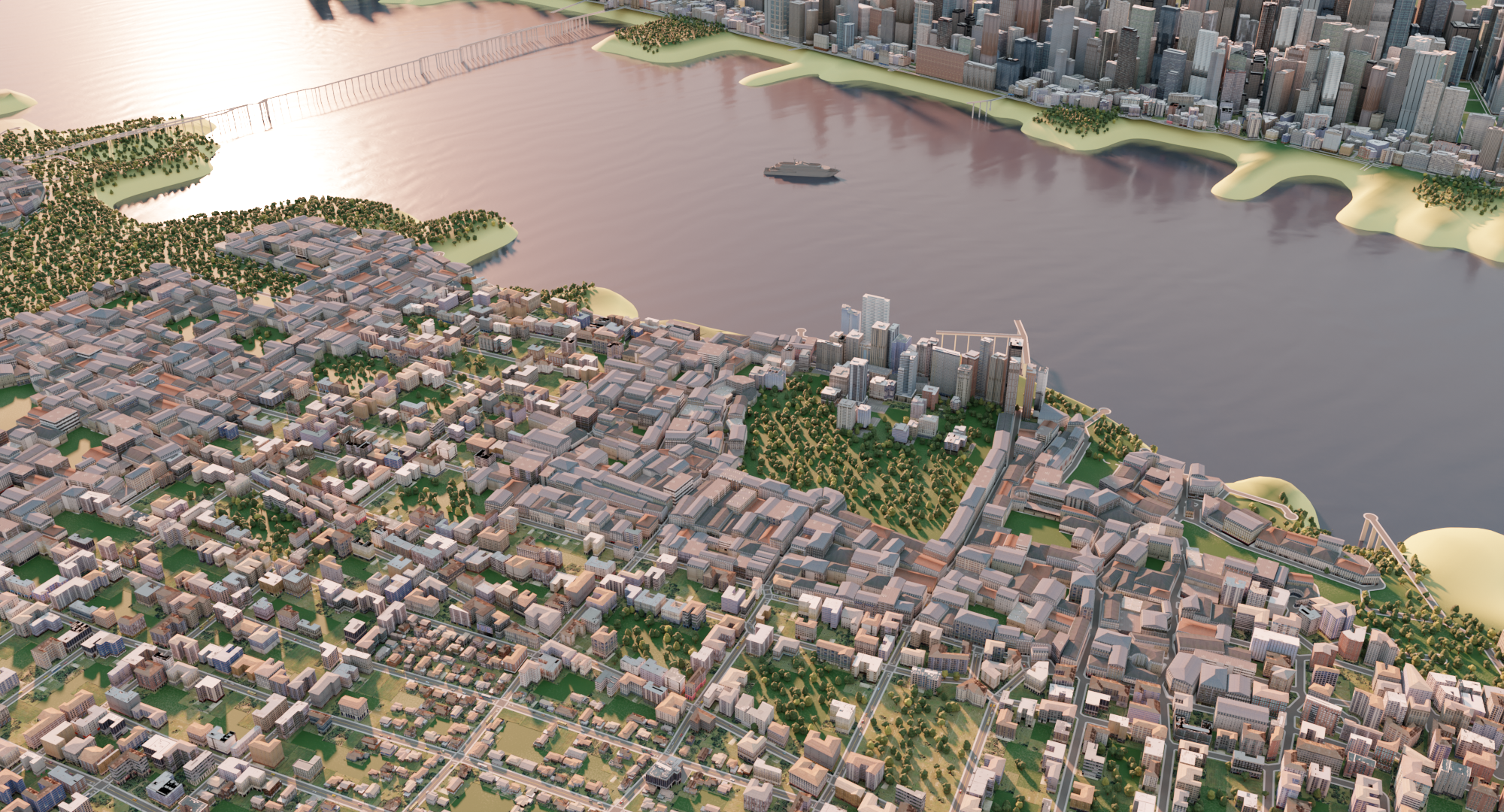We present a novel generative method for the creation of city-scale road layouts. While the output of recent methods is limited in both size of the covered area and diversity, our framework produces large traversable graphs of high quality consisting of vertices and edges representing complete street networks covering 400 square kilometers or more. While our framework can process general 2D embedded graphs, we focus on street networks due to the wide availability of training data. Our generative framework consists of a transformer decoder that is used in a sliding window manner to predict a field of indices, with each index encoding a representation of the local neighborhood. The semantics of each index is determined by a dictionary of context vectors. The index field is then input to a decoder to compute the street graph. Using data from OpenStreetMap, we train our system on whole cities and even across large countries such as the US, and finally compare it to the state of the art.
翻译:我们为创建城市规模的公路布局提出了一个新型的基因化方法。虽然最近方法的输出在覆盖面积和多样性方面都有限,但我们的框架产生了大量高质量的可穿行图表,其中包括四百平方公里以上的完整街道网络的脊椎和边缘。虽然我们的框架可以处理一般的 2D 嵌入图,但由于培训数据的广泛提供,我们侧重于街道网络。我们的基因化框架包括一个变压器解码器,它以滑动窗口的方式用来预测一个指数领域,每个指数编码都代表当地社区。每种指数的语义都由上下文矢量词典决定。然后,索引字段输入解码器来计算街道图。我们利用OpenStreetMap的数据,在全城市甚至美国等大国培训我们的系统,最后将它与艺术状况进行比较。

